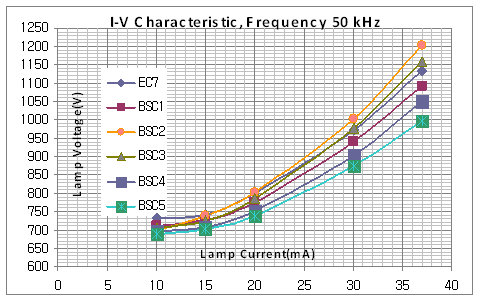Most energy specifications for lighting in the world are in terms of Lm/W, for instance for indoors, 45-60 Lm/W. In the real world, one can do better by being able to adjust the output luminous flux according to the actual needs, or energy saving by optical adjustment, or dimmability.
In general, the day-time it does not require much illumination, and a fraction of the energy from each FL results in appreciable saving in energy bill. Even with the most energy-efficient FLs, like T5 and CCFL, because of their negative I-V characteristic, the voltage across the electrodes tends to increase with reduction of current ( in attempts to reduce luminous flux ), and hence often causes aging, and in turn reduction in lamp life. The opposite is also true when the luminous flux is increased. Conventional FLs can be operated in only 10% of its designed output to remain its cycle life.
CPFL, on the other hand, operates with positive I-V characteristic in the FL. This results in a concurrent reduction/increase of current and voltage with less/higher optical output demands. Hence, the output can be readily adjusted from 0-100% with ease ( see Fig. 1 for the I-V curse)
Fig. 1 CPFL I-V Curve |
CPFL output can be adjusted by either varying lamp current Ilamp, changing the inverter frequency Flamp, or with PWM (pulse-width modulation) method or with normal dimmer controller, without affecting the lamp life. One may also control the light output through a centralized controller, as shown in Fig. 2
Fig. 2 Example of “DYNALITE” power adjustment system |
These advantages are opposed to the negative impedance that results in the need of a ballast device and a starter for the conventional HCFL and CCFL. The conventional FLs often experience change in power output, and as the oxidization accelerates the lamp life diminishes.




